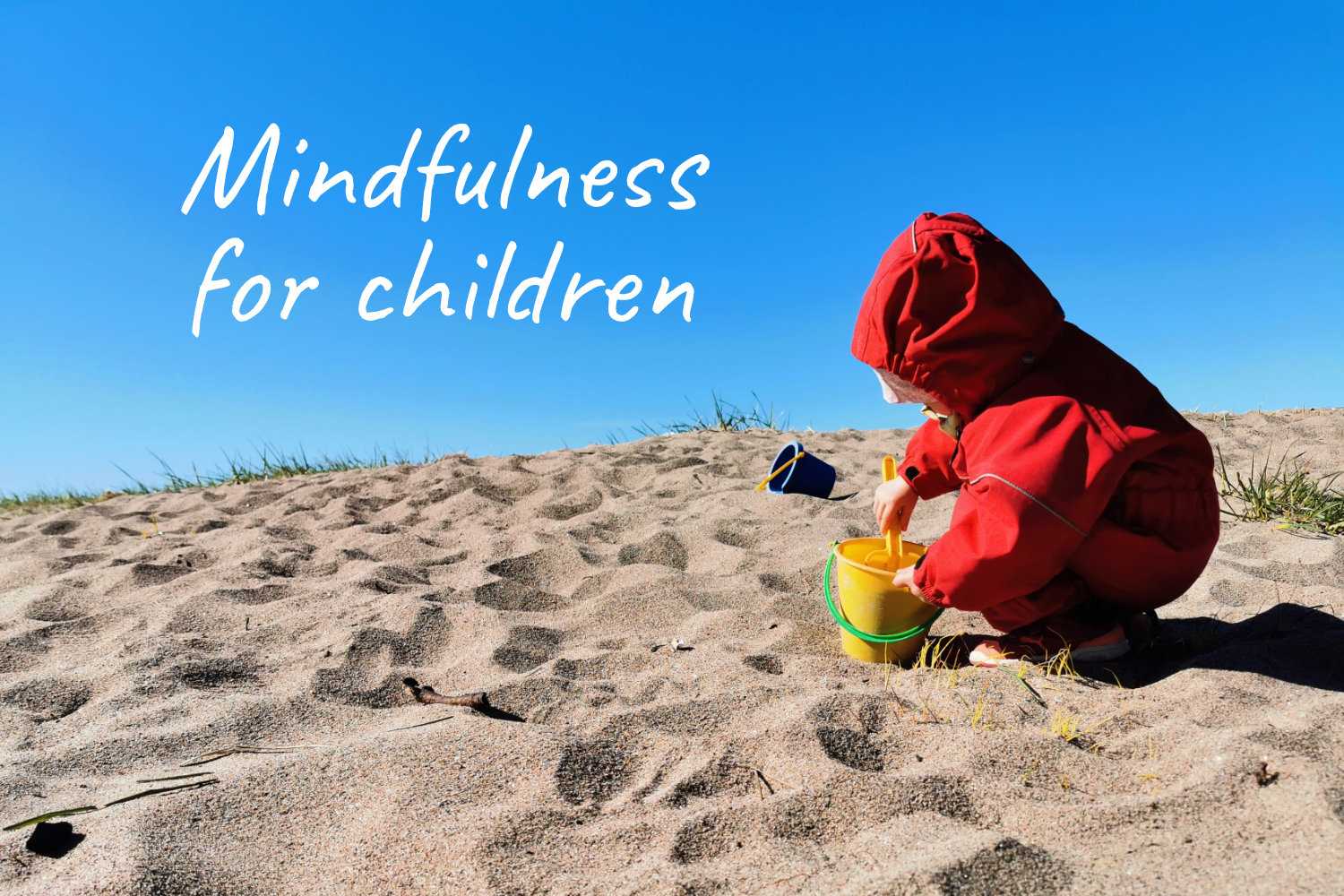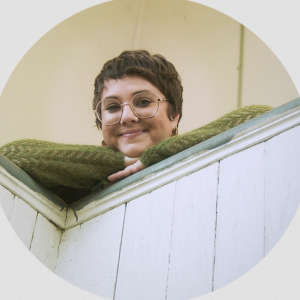Mindfulness for Children

Mindfulness isn’t just for grown ups. Mindfulness practice can have positive impacts on children of all ages
Since the pandemic began in the winter of 2020, life has shifted to more screens, more indoor time, and more time home for many of us. For children, school was interrupted in March and for many, it remains so today. Though these shifts in how we do things are necessary, they have also created new challenges. One of them is finding ways to give yourself breaks.
When I began working as a freelancer writer out of my home, I did so after several years of working in an office. One of the things I noticed right away is that my new lifestyle did not afford me a commute. In many ways, this was a benefit, but it also eliminated something I had taken for granted: quiet time to myself where I could sort through, or clean out, my thoughts. Driving home, or taking a train, is not, of course, meditation. But there was something meditative about it — which I didn’t really notice until it was gone.
The school day contains moments of mindfulness that, similar to my commute, children aren’t acutely aware are such. Painting in art class. Running in gym class. Sitting in a field during outdoor recess time. Browsing a library shelf for a book. Looking out the window during the school bus ride home. These are things that, again, are not technically mindfulness, but they do allow for the mind to settle and breathe.
Remote learning doesn’t afford us such moments and, like my lack of a commute, suddenly parts of our lives are running closer together than they had before. Kids are going from a screen to the lunch table with no walk down the hall in between. Though this may not seem significant, it is.
One thing that helped me when I realized I was missing my commute was integrating meditation practice into my day. It may surprise some that mindfulness can have the same benefits for children as it does for adults. In this moment we are living in, opening a path for children to experience a mindfulness practice may be more important than ever.
According to mindful.org, the benefits of mindfulness for children are plenty.
“When we teach mindfulness to kids, we give them the tools they need to build confidence, cope with stress, and relate to uncomfortable or challenging moments. The earlier we do so in their young lives, the greater the opportunity to help them cultivate resilience and develop and refine their mindfulness practice as they mature.
Teaching mindfulness to kids can also help shape three critical skills developed in early childhood: paying attention and remembering information, shifting back and forth between tasks, and behaving appropriately with others. These abilities are known as executive functions and they are essential for more advanced tasks like planning, reasoning, problem-solving, and positive social relationships.”
Benefits can include improved focus, improved academic performance, and decreased levels of stress.
How to start a mindfulness practice with children
As it does adults, it takes children some time to get comfortable existing within a mindfulness practice. For this reason, it makes sense to start small with mindfulness. Perhaps one minute of meditation. As your child becomes more comfortable with sitting, you can expand the amount of time and the type of meditation you engage in.
Popular meditation apps like Headspace offer specific guided meditations for children. There are also ways to teach mindfulness that don’t involve a guided meditation, such as mindfulness activities. This article from Very Well Family previews several such activities, including body awareness through pretending to walk on ice, journaling, focusing on scent, counting breaths, and drawing. You can also lead your own guided meditation. On its page dedicated to mindfulness for kids, mindful.org offers guided meditations that you can lead as well as recorded audio meditations you can access on the web.
As we wade further into this season of uncertainty, mindfulness can have immense benefits for the entire family, especially children. As Tricycle explains:
“Meditation cannot fix the vast structural problems that schools and families are facing, but cultivating a mindfulness practice can help us manage the inevitable anxiety and stress. Mindfulness also offers tools that make it easier to remember to do the things we need to do to protect ourselves from COVID-19—such as washing our hands, staying calm, and practicing social distancing.”
We hope that mindfulness brings some peace and inner-calm to your family at this time. Be well!
